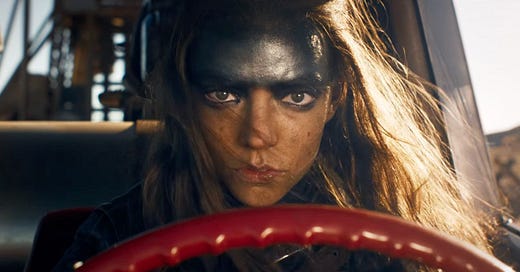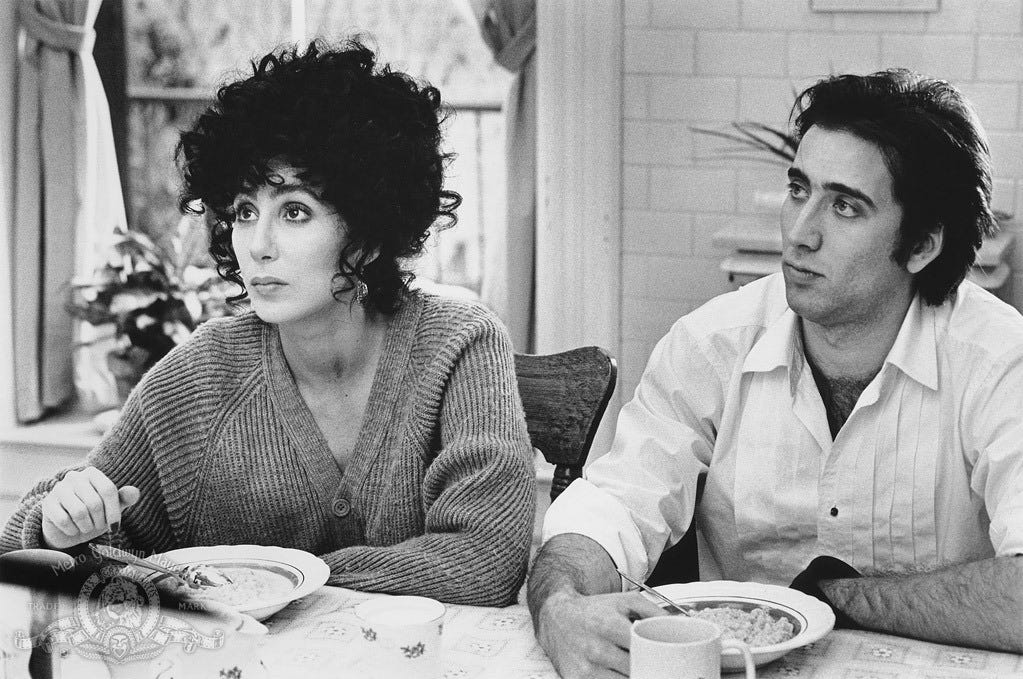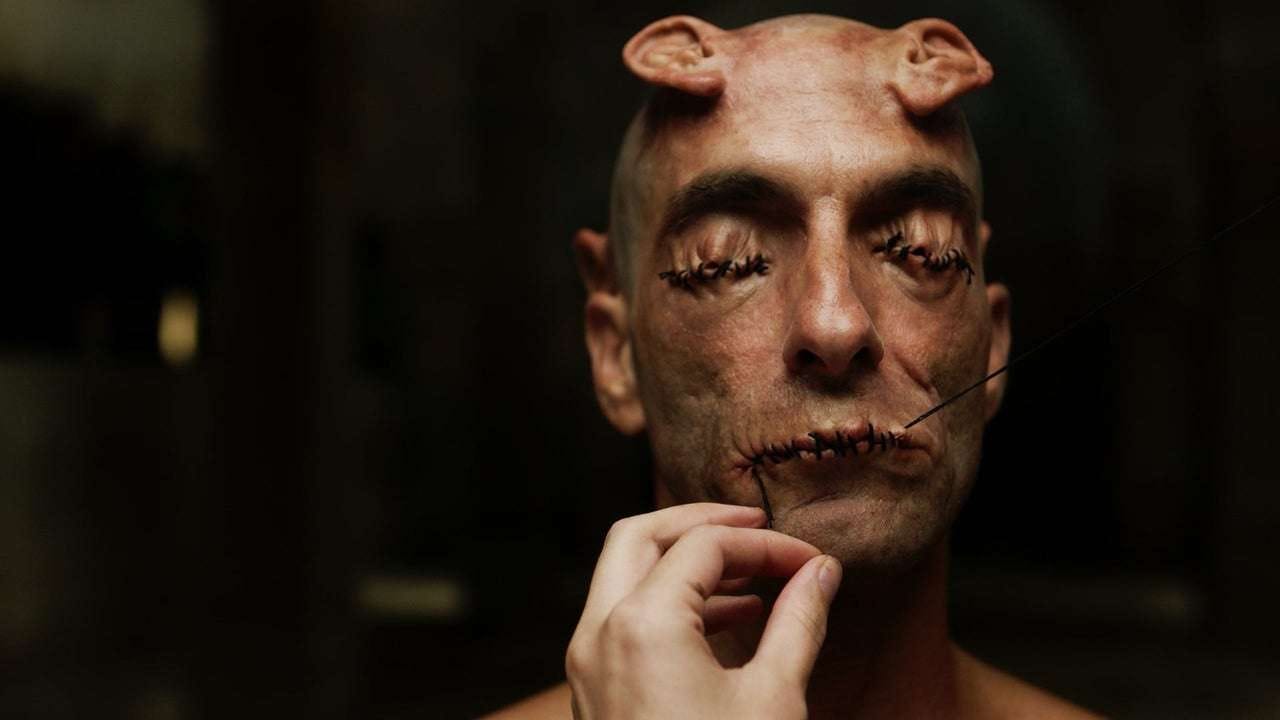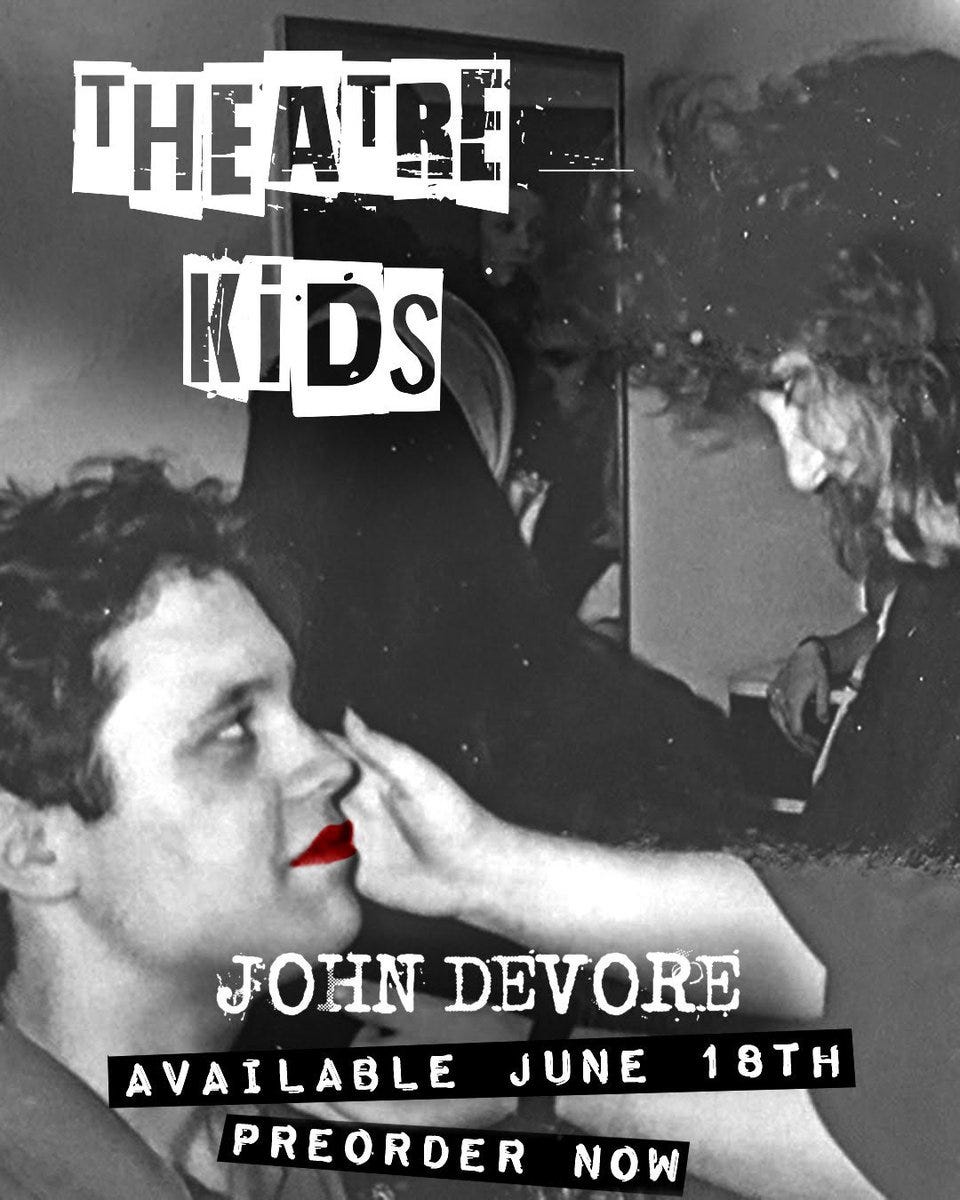150 Word Review: 'Furiosa: A Mad Max Saga' (2024) + Essay: 'Crimes Of The Future' (2022)
Who wants the MMCU?
Mad Max: Fury Road was full of astonishing stunts and something rare for a Hollywood sequel: surprise. The 2015 action masterpiece is powered by "WTF" moments. Mother's milk? The Bullet Farm? Warboys? They're barely explained. The title character is quickly introduced, then recast as a glorified sidekick to Charlize Theron's Furiosa, a heavy metal avenging angel.
Almost ten years later, director George Miller returns to the post-apocalypse in Furiosa, another roaring, metal-and-rubber rodeo full of astonishing stunts, but this time, less mystery. It doesn't help that it's a prequel, the safest and dullest of genres. Too much is explained. His cursed Australia is smaller than ever. There's another war rig—Joe's back! One of the strengths of Miller's Mad Max films is his reckless disregard for continuity.
Anya Taylor-Joy burns with rage and intellect but lacks Theron's melancholy swagger. Chris Hemsworth plays a cruel warlord like a chatty Dickensian cutthroat.
New 150 Word Review: ‘Moonstruck’ (1997)
Essay: ‘Crimes Of The Future’ (2022)
I was thinking about my most recent colonoscopy while watching director and writer David Cronenberg’s 2022 science-fiction movie Crimes of the Future.
Last year, my doctor informed me I was old enough to get screened for colorectal cancer. As a devout hypochondriac, I made an appointment as soon as possible with a gastroenterologist. I drank a gallon of industrial-strength laxative that melted my guts the night before, but the procedure was successful. I was sedated and probed, then woke up and ate a breakfast sandwich.
I am healthy, for now. I’ll do it all over again in ten years.
Here’s what I thought: had I gotten my colonoscopy in Cronenberg’s new dystopia, I would not have been put to sleep. There is no pain in the shabby, broken-down tomorrow of Crimes of the Future. No one suffers from infections. If humanity has somehow survived a great cataclysm, no one mentions it. People only talk about their bodies because they are the final frontier. Even the most cutting-edge technology looks like it’s made of living tissue.
In Cronenberg’s future, humans are mutating, but unauthorized evolution is illegal. People can do what they want with their bodies, up to a point, and then they’re enemies of the state. What you can, or can’t do, to your body is the only cultural and political issue that matters.
My colonoscopy in this brave new world would be broadcast before a live audience, the soft pink walls of my innards, my polyps, and internal hemorrhoids, all projected on giant screens as spectators ooh and aah—the next stage of social media.
Maybe I’d sing a song? Read some poetry? All while I’m being prodded and penetrated? Because in Crimes of the Future, performance art survives the apocalypse and thrives. It is popular. Everyone is obsessed with flamboyant vivisections. Underground theaters are crammed with audiences watching artists butcher each other or themselves. Organs are exposed. Crimes of the Future puts the ‘offal’ in Off-Off-Broadway.
One show features a man covered in ears, dancing, his eyes and lips sutured shut. In another, a beautiful woman allows her cheeks and forehead to be sliced open while dozens of people record her on vintage cameras. Civilization may be decaying in Cronenberg’s vision, but there is still life. Something grows in the rot, like mushrooms; only they’re dancers, sculptors, and experimental theatre-makers.
Sounds okay to me?
Saul Tenser and Caprice are the two most famous flesh maestros in this gory scene. Saul suffers from “accelerated evolution syndrome,” which means his body constantly produces vestigial organs that Caprice tattoos using tools that can slither into permanent perforations in Tenser’s abdomen. Later, she cuts him open and removes the useless, graffitied viscera to rapturous applause.
Viggo Mortensen reunites with Cronenberg in their fourth collaboration, the first since the historical drama A Dangerous Method in 2011. That historical drama, which cast Mortensen as a dreamny Sigmund Frued, was not their best movie. Thankfully, their partnership has produced exotic fruit, like the graphic novel adaptation A History Of Violence, an ugly little triumph, and the gloomy Russian gangster thriller Eastern Promises, which almost climaxes with a second act knife fight in a bathhouse, a gruesome melee featuring a slick, naked Mortensen.
I’ll also add Crimes of the Future to this list of their successes.
Mortensen’s Saul Tenser is a man in constant agony. Thanks to his disorder, he is always cold and has respiratory problems, and requires the help of a ghastly-looking chair to eat. Like any good artist, he turns his torment into work.
I am always happy to see Mortensen onscreen and wish I saw him more. He is a commanding, intimate actor, and Crimes of the Future delivers an unexpected and cathartic ending that hinges on Mortensen’s uncanny ability to open himself up to the camera.
As Caprice, Léa Seydoux is a clenched fist. She is a former trauma surgeon who now uses her skills to focus on using crustacean-like robots to mutilate her lover and partner.
Kristen Stewart is a sport in a supporting role as a quirky beancounter for the National Organ Registry, a government department that keeps track of new body parts. Stewart’s character should be upholding the law, but she is drawn to Tenser and Caprice's grotesque art.
Stewart stalks Tenser like an adoring fan after one of his spectacles and whispers, “Surgery is the new sex” to him, a line that recalls the last line of Cronenberg’s 1983 sci-fi thriller Videodrome.
In that movie, James Woods says, “Long live the new flesh,” before blowing his brains out with a gun that has melded into his hand. Both Crimes of the Future and Videodrome are movies about humans becoming less and more human. The themes in Videodrome are themes Cronenberg will dine on for the next four decades or so: the power of media to shape reality, the upsetting sensuality of violence, and the fear of decrepitude.
Even in his 80s, Cronenberg is a master, and Crimes of the Future is a late-career duet with his younger self.
He references many of his past movies: Tenser is an informant for a police squad dedicated to hunting humans who dare to evolve, which recalls the undercover cop subplot of Eastern Promises.
In Cronenberg's shock classic Crash, bodily scars are sexualized. Crimes of the Future is no different. In one scene, Caprice sensually licks Tenser’s newest body modification: a grisly belly zipper.
The machines Tenser and Caprice use, including a glistening, cocoon-like coffin that can perform autopsies, look like the biomechanical “game pods” in 1999’s Existenz that connect directly to the bodies of users. Existenz is like the thinking man’s The Matrix, and it’s still slept on, which is too bad.
The result of this conversation between Cronenbergs is a confident, slow-paced movie that is both familiar and confusing, wry and spiritual. Crimes of the Future is unsettling but skillfully so. Only an experienced talent can play with such powerful human feelings as disgust and lust and keep his audience spellbound.
The movie opens with the disturbing murder of a miracle boy born with bowels that can digest plastics and whose mouth produces a milky acid that helps him break down inorganic materials. That saliva is similar to the corrosive vomit Jeff Goldblum produces to break down solid food as he slowly transforms into a humanoid insect in 1987’s The Fly. Is this boy human? Or the first of a new species?
Like any good sci-fi story, Crimes of the Future is interested in the present moment. Cronenberg doesn’t seem to care about plot holes or the details of his fictional reality. He mostly cares about body autonomy. Who controls what’s inside us? Who gets to say what we can or can’t do to our skin, eyes, or entrails? The future isn’t computers and spaceships. It is people hacking their own nervous and reproductive systems, no matter what the law says.
Crimes of the Future is, ultimately, hopeful… for Cronenberg, at least. There is no stopping human evolution. We will, as a species, adapt and grow and change. The future won’t be pretty. It will be breathtaking.
This Newsletter Is Sponsored By: ‘Theatre Kids’ by John DeVore
My debut memoir is a funny/sad, all-true story about chosen family, flip phones, and performance art. You can preorder it here.









Personally, I loved Furiosa (I've seen it twice now). I think it's a different beast, closer to a dark fairy tale amid all the sci-fi dystopia, and I found it consistently engaging. Anya Taylor-Joy is terrific. :)
I wish you spent more time on Furiosa and less on Crimes of your colonoscopy.